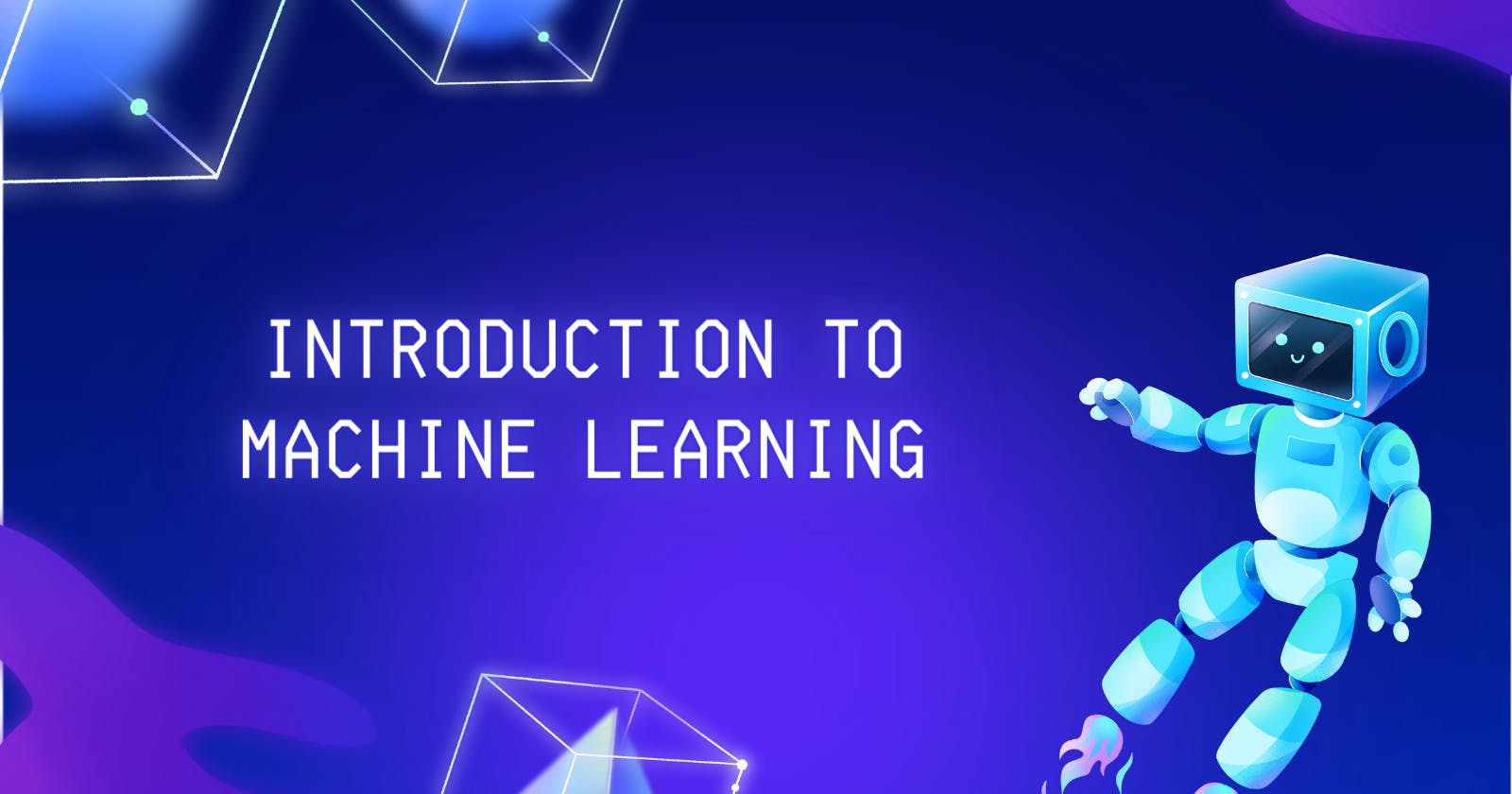At the heart of artificial intelligence (AI) lies machine learning (ML), a subfield dedicated to building systems that learn and improve based on data. AI, in its broader sense, encompasses any system mimicking human intelligence, while ML focuses specifically on achieving this through learning algorithms. Though often used interchangeably, it's important to remember they represent distinct, yet interconnected, concepts.
What is Machine Learning
Imagine a student learning from a textbook. In machine learning, the "student" is a computer program, and the "textbook" is a massive dataset of information. The program analyzes this data, identifies patterns, and uses those patterns to make predictions or decisions on new, unseen information.
Types of Machine Learning
Supervised Learning
Unsupervised Learning
Reinforcement Learning
Supervised Learning
The algorithm learns from labeled data, where each input is associated with a corresponding output. The goal is to learn a mapping function that accurately predicts the output for new, unseen inputs. Common applications include regression for predicting continuous values and classification for categorizing data into predefined classes.
Supervised Machine Learning is divided into two parts, Regression and Classification
- Regression
Regression is a supervised learning task aimed at predicting continuous numerical values based on input features.
Example : Predicting house prices based on features such as size, number of bedrooms, location, and other relevant factors. Here, the target variable (house price) is continuous, making it a regression problem.
- Classification
In this, the algorithm learns a decision boundary that separates different classes in the feature space. The goal is to classify new data instances into one of the predefined classes based on their features.
Example: Email spam detection, where the algorithm classifies emails as either spam or not spam based on features such as sender, subject line, and content. Here, the target variable (spam or not spam) consists of discrete classes, making it a classification problem.
Unsupervised Learning
Unsupervised learning involves training algorithms on unlabeled data, allowing them to discover patterns and structures independently. Clustering, where the algorithm groups similar data points together, and dimensionality reduction, which aims to reduce the complexity of data while preserving its essential features, are typical tasks in unsupervised learning.
There are mainly 3 types of Algorithms which are used for Unsupervised dataset, Clustering, Association Rule Learning, Dimensionality Reduction.
- Clustering
Clustering entails organizing unlabeled data into clusters based on their similarities. The objective is to identify inherent patterns and relationships within the data, all without prior understanding of its semantics.
Example: Social media analysis, where a clustering algorithm groups users based on their interests, interactions, and behavior. This enables targeted advertising, content personalization, and community management strategies. Here, the goal is to identify distinct user segments without predefined labels, making it a clustering problem.
- Association Rule Learning
Association rule learning, also known as association rule mining, uncovers valuable associations in unsupervised machine learning. It identifies relationships between parameters in large datasets, commonly used for market basket analysis to understand product relationships.
Example: Retail sales analysis, where association rule learning reveals purchasing patterns such as "customers who buy diapers are likely to also buy beer." This insight helps retailers optimize product placement, promotions, and inventory management strategies.
Dimensionality Reduction
Dimensionality reduction involves reducing the number of features in a dataset while retaining essential information, enhancing machine learning algorithm performance and aiding data visualization.
Example: Image compression, where techniques like Principal Component Analysis (PCA) reduce the dimensionality of image data while preserving key features. This allows for efficient storage, transmission, and processing of images without significant loss of visual quality.
Reinforcement Learning
Reinforcement Learning (RL) is a branch of decision science focused on finding the best actions within an environment to maximize rewards. Unlike supervised or unsupervised learning, RL relies on trial and error, accumulating data from machine learning systems to refine its strategies.
- Negative Reinforcement
In negative reinforcement, a behavior is strengthened by the removal or avoidance of an unpleasant stimulus. This encourages the repetition of the behavior to prevent or escape from the aversive condition.
Example: A student completes their homework promptly to avoid the nagging of their teacher, thereby reinforcing the behavior of completing assignments on time.
- Positive Reinforcement
In positive reinforcement, a behavior is strengthened by the addition of a pleasant stimulus. This encourages the repetition of the behavior to obtain the desired outcome or reward.
Example: A child receives a sticker every time they clean their room, reinforcing the behavior of tidying up regularly.
Note
Thank you for reading this blog post. I hope you found it informative and useful.
To sponsor my work, please visit: Sponsor Page and explore the various sponsorship options.

